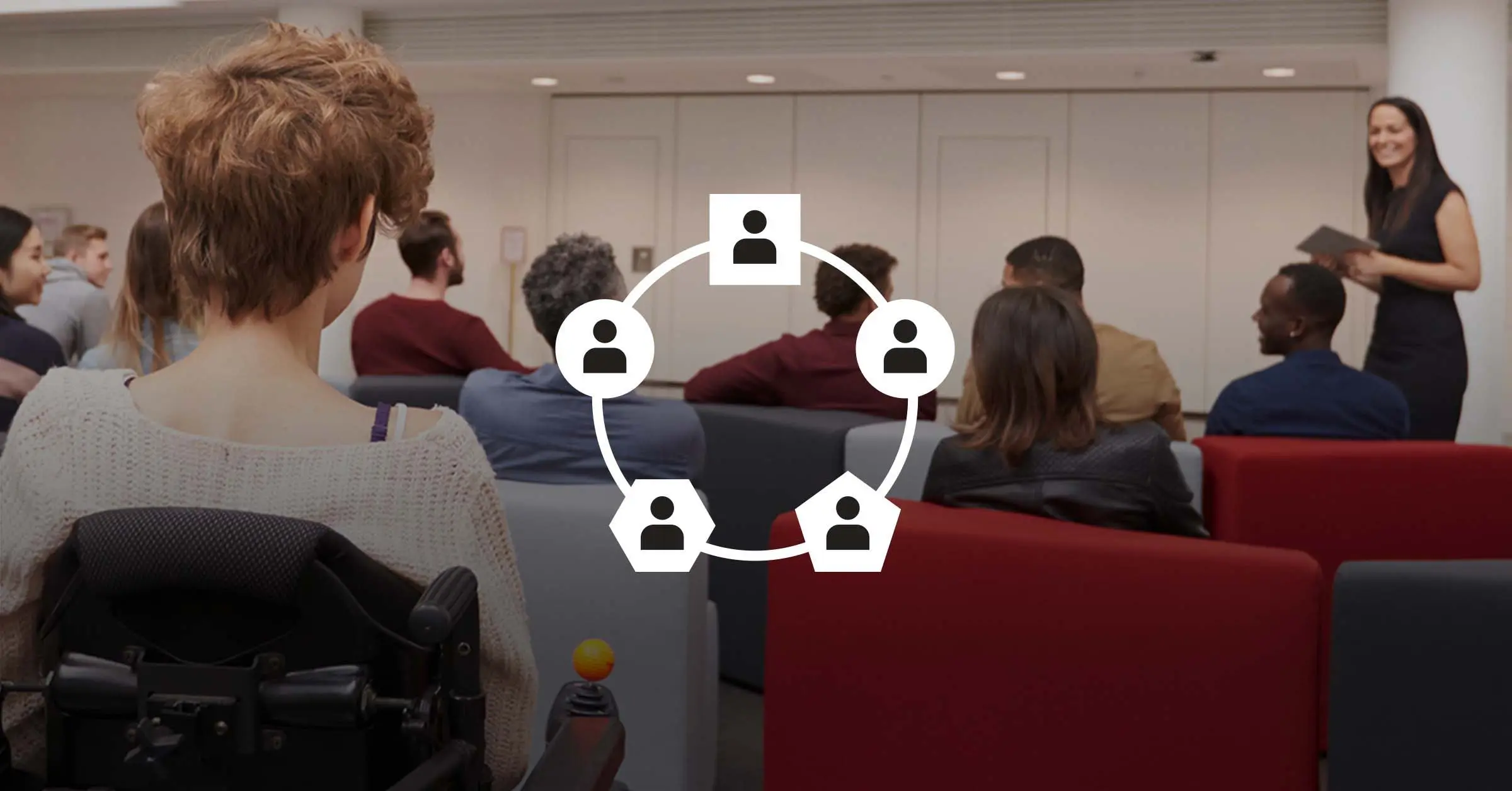
The Imperative Need for Accessible and Inclusive Course and Content Design
Globally, students of all ages and at all levels are learning via digital tools and content like never before. The sudden shift in delivery modalities spurred by COVID-19 lockdowns accelerated this digital adoption many times over. However, not all students experience digital content in equal ways. Beyond issues of access to broadband internet, the issues of accessibility and inclusivity remain hurdles for many students.
When we speak of accessibility, we may tend to think of making accommodations to allow for differently-abled people to engage with their courses via access technologies. For example, students may use screen readers, in the case of the visually impaired, or leverage captioning, for those with hearing impairments.
Inclusivity is a broader umbrella that puts thoughtful, empathetic design at the forefront of creating courses and content such that an equal user experience can be presented for all students. This means going beyond providing accommodations for those actively seeking, and offering multiple paths to engage with courses, instructors, and fellow students. Imagine a student who is trying to engage content in a loud airport, or one who has recently broken their arm and cannot use their keyboard for a few weeks. These students can take immediate advantage of designed-in services like captioning or speech-to-text. Indeed, a significant number of students who take advantage of these tools are not doing so due to a disability; rather, it may fit their specific preferences and circumstances.
The Universal Design for Learning (UDL) Guidelines provide a useful approach to understanding this. The guidelines focus on three key areas which should influence design. Well-designed courses should:
- Provide multiple means of engagement
- Provide multiple means of representation
- Provide multiple means of action and expression
This holistic approach to inclusive design may take more time and energy early on, but the dividends paid to the students make it well worth it.
The “Accessibility and Inclusivity” team under CAL is working to help institutions move beyond compliance checklists and the accommodation approach to incorporating inclusive design principles in how courses are created, and content is developed for students. This design approach starts with empathy and asks of the instructor and instructional designer to imagine students who are not homogenous and, in fact, to design a welcoming path for all learners.
To be clear, this is a broad movement across the world, and we will be looking to support many other organizations for whom this issue is their primary goal. We have partnered with both AHEAD and CAST (which is the organization behind UDL), two organizations that are keenly focused on the issues of accessibility and inclusivity—particularly in higher education. They will be providing policy expertise and advice.
Our team will be focusing on existing and emerging regulatory structures, both in the U.S. and globally. Examples include Americans with Disabilities Act laws in the U.S. and the PSBAR regulations in the E.U. and U.K. These regulatory frameworks guide actions/accommodations that must be undertaken. We want to promulgate the design actions that should be provided to all learners. As such, we will also be using our voice to highlight best practices and outcomes. There is much more to come from the “Accessibility and Inclusivity” team. Stay tuned for more in 2022.